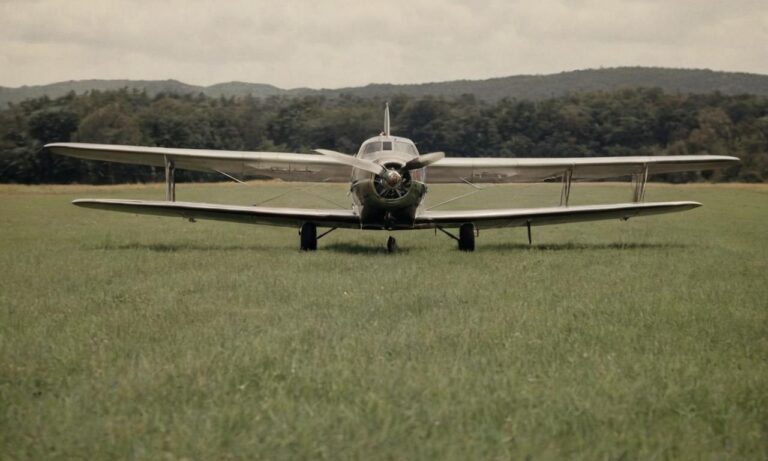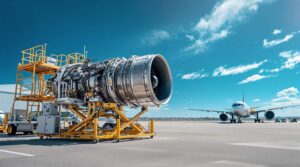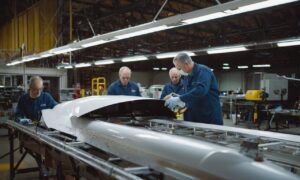Aviation history is a tapestry woven with innovation, risk-taking, and pioneering feats that have shaped the way we traverse the skies today. The quest to dominate the skies and make air travel accessible to the masses sparked a series of milestones, with the question of which airline was the first to use an aircraft for transporting paying passengers standing at the forefront of aviation history.
The Dawn of Commercial Aviation
The advent of commercial aviation marked a paradigm shift in transportation. While numerous aviation enthusiasts and entrepreneurs contributed to the development of aircraft, it was the visionaries who sought to turn flying into a business that truly propelled the industry forward.
Pioneering Airlines
Delving into the archives of aviation history reveals that the title of the first airline to transport paying passengers goes to the St. Petersburg-Tampa Airboat Line. In 1914, this Florida-based airline embarked on a historic journey by offering the first scheduled commercial flight, carrying passengers across the waters of Tampa Bay.
Benjamin Franklin’s Airboat
The aircraft in question was the Benoist XIV, a biplane designed by Thomas W. Benoist. This historic flight took place on January 1, 1914, with former St. Petersburg Mayor Abram C. Pheil purchasing the first ticket for the 23-minute flight, priced at $400 in today’s currency.
The Impact of the St. Petersburg-Tampa Airboat Line
The St. Petersburg-Tampa Airboat Line’s inaugural flight not only marked a significant milestone in aviation but also laid the foundation for the commercial airline industry. The success of this venture demonstrated the feasibility of commercial air travel and spurred the growth of similar services worldwide.
Evolution of Air Travel
From the humble beginnings of the St. Petersburg-Tampa Airboat Line, the airline industry has undergone remarkable transformations. The pioneering spirit of those early aviators paved the way for the development of more advanced aircraft, safer travel practices, and global connectivity.
Technological Advancements
As technology advanced, aircraft evolved from rudimentary airboats to sophisticated machines capable of carrying hundreds of passengers across continents. The airline industry became a cornerstone of global transportation, fostering economic growth and cultural exchange.
In answering the question of which airline was the first to use an aircraft for transporting paying passengers, the St. Petersburg-Tampa Airboat Line emerges as a trailblazer that left an indelible mark on aviation history. This historic flight not only opened the doors to commercial air travel but also set in motion an industry that would revolutionize the way we explore the world.
Challenges Faced by Early Airlines
While the St. Petersburg-Tampa Airboat Line set a groundbreaking precedent, the early days of commercial aviation were not without challenges. Limited technology, unpredictable weather conditions, and a lack of infrastructure posed significant hurdles for airlines striving to make air travel a mainstream mode of transportation.
Weathering the Storms
One of the primary challenges faced by pioneering airlines was navigating through adverse weather conditions. The absence of advanced meteorological tools meant that pilots had to rely on their instincts and limited information, often leading to flight delays and disruptions.
Frequently Asked Questions
As the aviation industry flourished, numerous questions arose regarding the safety, affordability, and logistics of air travel. In this section, we address some frequently asked questions to provide a comprehensive understanding of the evolution and intricacies of commercial aviation.
| Question | Answer |
|---|---|
| 1. How much did a typical early airline ticket cost? | Early airline ticket prices varied, but on average, they were significantly higher than today’s fares. Factors such as distance, aircraft type, and amenities influenced ticket prices. |
| 2. What safety measures were in place during the early days of air travel? | Safety measures were rudimentary compared to today’s standards. Airlines focused on pilot experience, basic maintenance checks, and weather monitoring to ensure passenger safety. |
| 3. How did the public perceive the risks of early air travel? | Public perception of early air travel risks varied. While some embraced the novelty of flying, others hesitated due to concerns about safety and the unfamiliar nature of air transportation. |
Global Expansion and International Air Travel
Following the success of initial commercial flights, the aviation industry witnessed a rapid expansion beyond national borders. Airlines began exploring international routes, connecting distant regions, and contributing to the globalization of travel and trade.
Transatlantic Flights and Beyond
The first transatlantic flights marked a significant milestone, bridging continents and opening new possibilities for global travel. This era saw the emergence of long-haul flights, connecting major cities across Europe, North America, and beyond.






